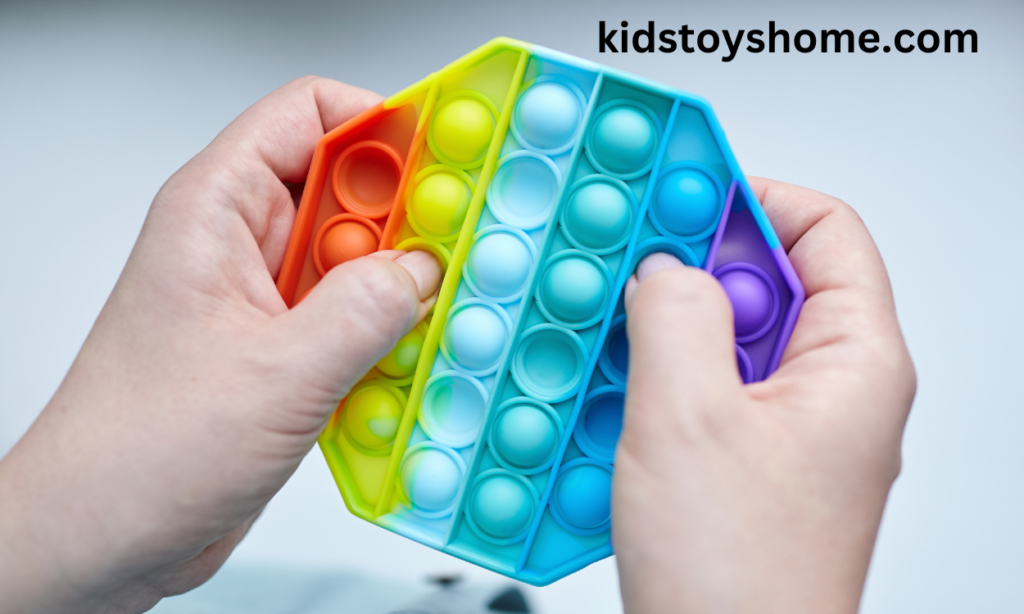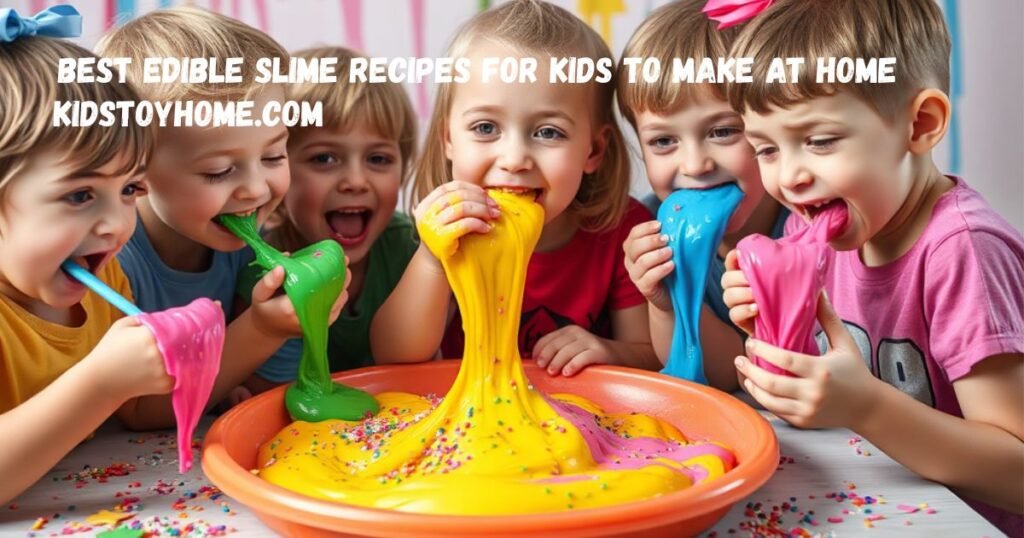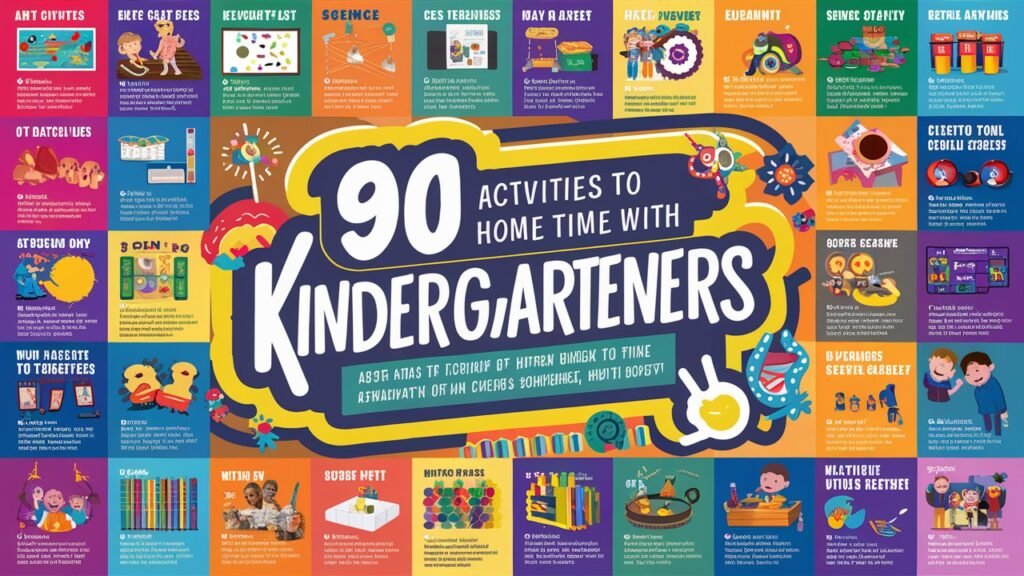Engaging children in the Christmas spirit while providing them with an opportunity to develop their sensory skills can be quite a challenge. It’s about creating something that captures their attention, encourages their imagination, and satisfies their endless curiosity. The solution is a fun and festive Christmas sensory bin. This innovative tool provides an engaging and tactile experience that not only delights children but also fosters their sensory development.
So, why not dive deeper into the world of sensory bins? You’ll find that it’s filled with a multitude of festive ideas that can be adapted to any child’s preferences. Reading on, you’ll discover how a Christmas sensory bin can be a game-changer in your child’s developmental journey and Christmas experience.
Remember, the joy of Christmas lies in the shared moments of love and learning. So let’s embrace this together.
What is sensory Bin?
A sensory bin is a container filled with materials and objects deliberately chosen to stimulate the senses. Varying in size, these bins are typically filled with items that children can touch, see, smell, and even hear, fostering exploration and naturally encouraging children to use scientific processes while they play, create, investigate and explore. In the context of a Christmas sensory bin, this could include elements such as pine cones, faux snow, jingle bells, holiday-themed figurines, and more. This allows children to engage with the festive season in a tactile and multi-sensory way, supporting their development and understanding of the world around them.
Benefits of Sensory Play
Sensory play, particularly when incorporated into festive activities such as a Christmas Sensory Bin, holds an abundance of benefits for children. It serves as a rich resource for young minds, facilitating stronger cognitive growth, enhancing memory function, and developing fine motor skills. Through a diverse array of textures, colors, and materials often associated with Christmas – such as pine cones, tinsel or faux snow – sensory play stimulates children’s senses, offering them an engaging and hands-on method of exploration and discovery. The incorporation of elements like holiday-themed objects can also encourage imaginative play and enrich their understanding of the world, fostering a deeper connection to the holiday season.
What You Need to Make a Christmas Sensory Bin
Creating a Christmas Sensory Bin is a simple and enjoyable activity that can keep little hands busy during the holiday season. To set up your bin, you will need a large, shallow container to hold all the items. Next, select a filler that will serve as the base of your bin – this could be anything from artificial snow, to colored rice, to cotton balls. Add a festive twist with Christmas-themed items like small ornaments, pinecones, ribbons, jingle bells, or even miniature Santa Claus or reindeer toys. Also consider including common household items such as measuring cups or tweezers to promote fine motor skills exploration. Remember, the key is to engage the senses, so consider items with different textures, colors, and sounds.
Creating the Base of the Bin
The base of your Christmas Sensory Bin is foundational to the setup and should be both visually appealing and tactilely stimulating. Choose materials that are safe and non-toxic for children to handle, such as uncooked rice or beans. To make it even more festive, consider dyeing the rice or beans with color – red and green for traditional Christmas hues. Spread the chosen material evenly at the bottom of the bin, allowing the depth to be enough for burying and finding objects. This base layer provides the ‘sensory’ aspect of the bin where children can dig in, sift through, and explore.

Choose Your Container
When it comes to storage options, there are several types of containers that can help in organizing and keeping items safe. Boxes are versatile, coming in a variety of sizes and materials, and are great for storing smaller items or fragile items that need protection. Bags are useful for storing clothing, linens, or other soft items, and can easily be compressed for space-saving. Bins are sturdy and can be stackable, making them perfect for larger items or for use in the garage or shed.
Baskets are decorative and functional, ideal for storing items in plain sight while adding a touch of style to a room. Crates are rugged and excellent for heavy-duty storage needs, such as tools, equipment, or outdoor gear. When choosing a container for storage, consider the size and type of items being stored, as well as the durability needed for the particular use. By selecting the right container, organizing and storing items become much easier and more efficient.
Fill It With Materials
If you are looking to fill a designated area with materials, it is important to consider the specific requirements and recommendations based on the background information.
For example, if the designated area is a trench for a construction project, approved materials for filling the trench may include sand or gravel. These materials should be clean and free from any debris or organic matter. It is important to compact the materials thoroughly to provide stable support for the construction above.

If the designated area is for a concrete foundation, approved materials for filling may include a specific mix of gravel and sand, followed by pouring and leveling concrete. The specific requirements for the gravel and sand mix may vary based on the structural needs of the foundation.
In general, it is essential to carefully consider the specific materials required for filling the designated area based on the intended use and structural needs. Always consult with a professional or follow local building codes to ensure the proper materials are used for filling the designated area.
Add Toys, Objects and Props for Exploration
1. Sensory Bins: filled with items like rice, water, beans, or sand, children can explore different textures, colors, and sounds, promoting sensory exploration and creativity.
2. Puzzles: encourage problem-solving skills and critical thinking as children manipulate pieces to fit together, promoting imaginative play and logical reasoning.
3. Building Blocks: allow children to experiment with balance, structure, and spatial reasoning, promoting creativity and problem-solving skills.
4. Magnifying Glasses: encourage children to observe and investigate their surroundings, promoting curiosity and exploration of the natural world.
5. Musical Instruments: such as drums, shakers, and bells, allow children to explore rhythm, sound, and movement, sparking creativity and imaginative play.
Each of these items provides children with opportunities for hands-on exploration, problem-solving, and creative expression. By engaging with sensory materials, puzzles, building blocks, magnifying glasses, and musical instruments, children can develop crucial skills while engaging in imaginative and open-ended play.
Filling the Christmas Sensory Bin with Fun Activities
Get ready to bring the magic of Christmas to life with a sensory bin filled with exciting activities and sensory experiences. From glittery ornaments to soft, cozy scarves, this Christmas sensory bin is the perfect way to engage young children in festive fun and exploration. With a variety of textures, colors, and scents, this sensory bin will captivate young minds and provide hours of entertainment during the holiday season. So, gather your supplies and let’s fill this Christmas sensory bin with a mix of fun activities that will delight and engage all the senses.
Adding Candy Canes and Jingle Bells
To create a festive holiday decoration, start by gathering real or artificial candy canes and jingle bells. These items can be added to wreaths, garlands, or Christmas trees to instantly add a touch of holiday cheer. To secure the candy canes and jingle bells to the decorations, use wire, ribbon, or string.
For wreaths and garlands, simply tie the candy canes and jingle bells onto the greenery with a piece of ribbon or string. It’s best to evenly space them out for a balanced look. If adding them to a Christmas tree, use wire to attach the items securely to the branches. To make them stay in place, wrap the wire around the candy cane or jingle bell and twist it tightly around the branch.
When adding these festive elements to your holiday decorations, consider mixing and matching colors and sizes to create a visually appealing display. By following these simple steps, you can easily incorporate candy canes and jingle bells into your holiday decor, adding a festive and joyful touch to your home.
Making Green Rice and Colored Rice for Texture Exploration
To make green rice and colored rice for texture exploration, start by combining 2 cups of rice with 2 tablespoons of vinegar in a resealable bag. Add green food coloring to the bag and shake it well to mix the rice and color evenly. Spread the rice on a cookie sheet and allow it to dry for about an hour, ensuring the rice grains are spread out evenly for even drying. Once the rice is dry, transfer it to a storage container to use for texture exploration activities.
These colorful rice grains are perfect for sensory bins and texture exploration activities with children. They can be used for sorting, scooping, and pouring, providing a fun and tactile experience for kids. Additionally, the green rice can be used for Christmas-themed sensory play, making it a versatile and festive activity for the holiday season.
By following these simple steps, you can create vibrant and textured rice that can be used for a variety of engaging and educational activities with children.
Using Mini Candy Canes, Plastic Ornaments and Pine Cones for Decoration
To create a festive Christmas sensory bin for children, start by adding mini candy canes, plastic ornaments, and pine cones. Place the mini candy canes around the edges of the bin as edible decorations. Hang the plastic ornaments from the sides of the bin to add a pop of color and sparkle. Scatter the pine cones throughout the bin to provide natural textures and scents for the children to explore.
The mini candy canes and plastic ornaments add a festive touch to the sensory play, while the pine cones offer a unique sensory experience for the children. As the children explore the bin, they can feel the smooth plastic ornaments, smell the aromatic pine cones, and even taste the sweet candy canes. This combination of items creates a multi-sensory experience that will engage the children and enhance their holiday spirit. Enjoy watching the children’s delight as they play, feel, smell, and even taste the festive sensory bin.
Adding Hot Chocolate, Cookie Cutters and Playdough to Add Additional Elements of Fun
1. Create a holiday-themed sensory bin by adding hot chocolate mix to the bin to create a unique sensory experience. Children can use their hands to feel the texture of the hot chocolate mix and even practice scooping and pouring using small cups and spoons.
2. Use holiday-themed cookie cutters to shape the playdough into festive figures such as snowflakes, Christmas trees, and gingerbread men. This adds a fun and creative element to the playdough tray activity, allowing children to explore different shapes and textures while creating holiday-inspired designs.
3. Incorporate playdough into the sensory bin by encouraging children to use it to create miniature hot chocolate mugs, cookies, and other festive items. This not only adds an imaginative play element but also allows children to practice their fine motor skills and creativity as they mold and shape the playdough into different holiday-themed creations.
By combining hot chocolate, cookie cutters, and playdough into the sensory bin and playdough tray activities, children can have a multi-sensory experience that encourages creativity, fine motor skill development, and holiday-themed imaginative play.
Offering Other Holiday Themed Items Like Stickers, Foam Shapes or Stampers
One way to enhance sensory play and create new learning opportunities for preschool, pre-k, and kindergarten students is to incorporate holiday themed items like stickers, foam shapes, or stampers into the sensory bins. By introducing holiday themed stickers, foam shapes, and stampers to the sensory bins, children can engage in hands-on activities that encourage fine motor skills, creativity, and imaginative play.
Preschoolers and pre-k students can use holiday themed stickers to practice peeling and sticking, which strengthens their fine motor skills. Foam shapes can be added to the sensory bins to encourage children to create holiday scenes and patterns, fostering creativity and imaginative play. Stampers with holiday designs can allow children to explore sensory materials through a different medium, such as stamping with paint or playdough, further enhancing their fine motor skills and creativity.
By incorporating these holiday themed items into sensory play, children can explore and learn about the holidays in a hands-on and engaging way. This can also provide opportunities for teachers to facilitate discussions about the holidays and their significance. Overall, integrating holiday themed stickers, foam shapes, and stampers into sensory bins can offer a fun and educational experience for young learners.
Ideas for Engaging Activities with the Christmas Sensory Bin
Looking for festive and engaging activities to keep the holiday spirit alive? Look no further! Dive into the world of sensory play with these creative and fun ideas for activities using a Christmas-themed sensory bin. From exploring different textures and scents to sparking imagination and creativity, these activities are perfect for young children and can be easily adapted to suit various age groups. So, grab your bin and let’s get started on a jolly and immersive sensory play experience!
Introducing Simple Motor Skills Games
There are several simple motor skills games that are perfect for young children to help develop their physical and cognitive abilities. “Simon Says” is a game where one person gives commands beginning with “Simon says,” and the other players must only follow the command if it is preceded by “Simon says.” The objective is to follow the commands and not be tricked by ones that don’t start with “Simon says.” This game helps children enhance their listening skills and coordination.
Another classic motor skills game is “Red Light, Green Light,” which involves one person calling out “green light” to allow players to move and “red light” to make them freeze. The goal is to reach the caller without being caught moving after “red light” is called. This game helps children improve their balance and agility.
“Duck, Duck, Goose” is a game where children sit in a circle, and one child walks around tapping the others’ heads saying “duck” until choosing someone to be the “goose,” who then runs around the circle trying to catch the tapper. This game promotes running and quick decision-making skills.
All of these games are excellent for promoting physical development, such as coordination, balance, and agility, as well as cognitive development, including listening skills, attention, and quick decision-making. They are simple yet effective ways to engage young children in fun activities while helping them develop essential motor skills.
Conclusion
As we bring this article to a close, it is clear that the Christmas sensory bin is a powerful tool for child development. It provides an enjoyable, hands-on experience that stimulates the senses, fosters creativity, and cultivates crucial cognitive skills in a festive context.
It is not merely about the toys and materials contained within it, but the enriching experiences and valuable learning opportunities it provides. With a bit of effort and creativity, you can create a sensory bin that not only entertains your child but also contributes significantly to their growth and development. Remember, the best learning outcomes are achieved when learning becomes an engaging and fun-filled activity.
So, embrace the joy of the holiday season and make Christmas even more memorable with a Christmas sensory bin.
FAQs
What is a Christmas sensory bin?
Christmas sensory bin is a container filled with materials and objects designed to stimulate the senses, with a festive Christmas theme. It can include items such as pine cones, Christmas baubles, faux snow, and holiday-themed toys.
How can a Christmas sensory bin benefit my child
Christmas sensory bin can help your child develop their sensory skills, fine motor skills, and cognitive abilities. It also fosters creativity and imagination, all while enjoying the festive Christmas spirit.
What should I include in a Christmas sensory bin?
You can include various textures and materials, such as faux snow, tinsel, small Christmas ornaments, pine cones, and mini Christmas trees. Remember to tailor the items to your child’s age and interests.
Is a Christmas sensory bin safe for toddlers?
Yes, but always ensure the items are age-appropriate and pose no choking hazard. Always supervise your toddler while they’re playing with the sensory bin.
How often should I change the items in the sensory bin?
You can change or add new items as frequently as you’d like. This can keep the sensory bin exciting and engaging for your child.





